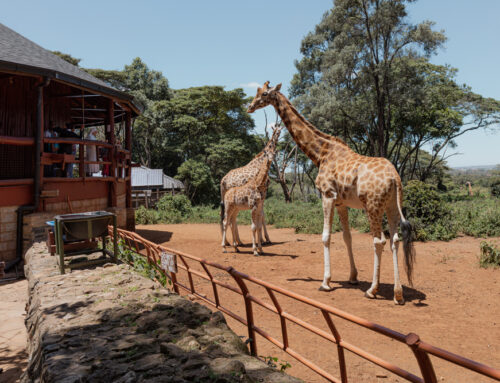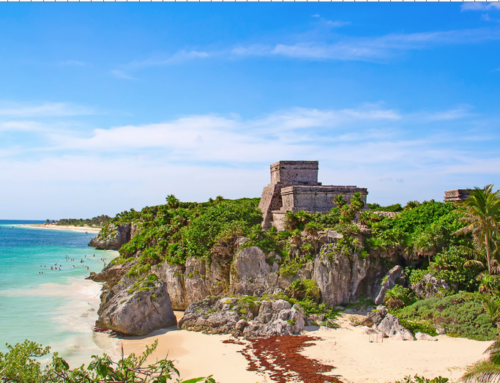Guide to Touring Japan By Train: What You Need To Know
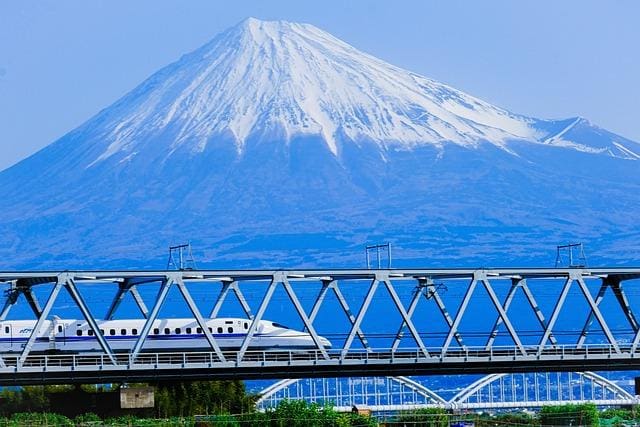
Discovering Japan with the Train: what you need to know
Japan is one country everyone needs to visit at least once in their lives. It has a unique culture that blends western modernity with eastern traditions. Visiting the land of the rising sun will also expose you to one of the oldest civilizations in the world. This guide will walk you through the tourism sector of Japan and how to see it all by train.
Why Use Trains to Explore Japan?
The best way to discover this country is by train. Japan has one of the most advanced railway systems in the world, and almost all towns and cities are connected by the system. You won’t just get access to major urban areas; the trains also give you a chance to visit the less populated countryside.
Using trains in Japan isn’t just about getting from one point to another. The entire journey is an experience. Bullet trains or shinkansen are extremely fast and reach speeds of up to 320 km/h (200 mph). They somehow manage to maintain a sense of peace and quiet when moving. Trains in the country are also super-efficient and are ever reliable.
You will find Japanese trains super comfortable. Passengers get to use retractable coat racks during the trip to ensure that their clothes don’t get creased. Once you leave the station, the train will roll out a trolley that contains beers and snacks. If you want to stay connected to the internet throughout your trip, you can use the free and high-speed wi-fi service on the train.
If you’re like most travelers, you enjoy watching scenery through the window. Fortunately, the trains have super clean windows that let you get excellent views of the country.
Japan Rail Pass
To encourage foreigners to take more trips using trains, the Japan Railways Group came up with a system to lower the cost of train trips. This is known as the Japan Rail Pass or JR Pass. It is only available to foreigners and offers unlimited train rides for one, two, or three weeks. JR Pass is ideal for travelers who intend to tour the entire country or take long-distance trips in Japan. Children between 6 and 11 years will get a further 50% discount with this system.
These passes are valid on JR trains, the JR ferry to Miyajima, local JR buses, and some non-JR trains. Aside from giving you cheaper train rates, the pass will earn you discounts at JR-affiliated hotels. These accommodation options are usually located near or inside railway stations, so you will find them highly convenient.
JR Passes are available in two types: Green and Ordinary. Green cars are generally more comfortable as they afford you more legroom and enhanced board services. You can learn more about Japan Rail Pass here.
Overview of the Types of Train
Given the complex nature of the train system of Japan, it could be wise to first understand the types of trains used in the country. They can all be placed in 5 broad categories. These are Shinkansen, limited express, express, rapid, and local.
Shinkansen
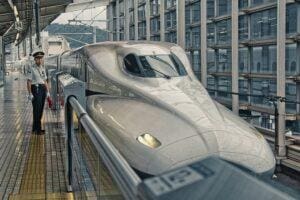
Shinkansen are high-speed trains and were introduced to the country in 1964. Japan currently has 9 shinkansen railway lines. They connect the biggest metropolitan areas, from Tokyo to Yokohama, going all the way to the southern island of Kyushu. It is worth noting that shinkansen trains have six levels, and they all have different running speeds and numbers of stops.
Limited Express
Limited express trains only stop at major train stations, and they cover more regions than the shinkansen trains. These trains boast impressive speeds and onboard amenities. However, the level of comfort will depend on the class of the train.
Express
Express trains are slower than limited express ones, and they aren’t included in the high-speed trains category. Because of the speed, express trains are only suitable for short-distance travel. You should use them when taking 30-minute or shorter trips. Another issue with express trains is that they make too many stops. If you intend to tour the entire country, your best bet would be the limited express and shinkansen trains.
Rapid trains and local trains
These are the slowest trains in Japan. Local trains can especially be inconvenient since they stop at all train stations. The only real advantage of these trains is their affordability.
Must-See Places in Japan that Are Easy to Reach by Train
As mentioned, Japan is perfectly connected by train. If you’re planning your itinerary, you shouldn’t skip out on the following places.
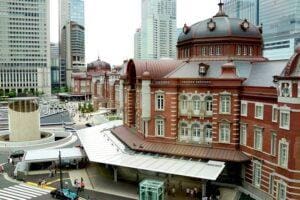
Tokyo
Tokyo is the capital city of Japan and is considered by many to be the most modern city in the world. It has had to be rebuilt multiple times since the 1600s, with the most recent reconstruction being after the Second World War. The city has an interesting history. When touring Tokyo, make sure you stop by the Imperial Palace and the Higashi-Gyoen Garden. The breathtaking Sensō-ji Temple is also a great place to find inner peace.
Hakone
If you enjoy getting immersed in nature, you have to visit Hakone. This place is known for its hot springs, historical sites, and museums. If you specifically enjoy seeing hot springs, you should also consider visiting Gero, Kasatsu, and Beppu. Hakone is a mountainous region that has a relaxing atmosphere. You can easily access it by train from Tokyo.
Takayama
Lots of people are drawn to Takayama by the rich history of the city. You will find many perfectly preserved buildings, as well as a thriving traditional craft scene. It is a great place for traditional Japanese foods. Make sure you visit the morning markets for these unique foods. Travelers who visit the city in autumn or spring will get a chance to attend the Takayama Festival. Overall, Takayama is a great destination for people who want to explore the rural areas of Japan.
Kyoto
Kyoto was once the capital of Japan. The city is still very important and is even considered the cultural capital of the country. It features lots of colorful Shinto shrines, Buddhist temples, and palaces, some of which are protected as UNESCO World Heritage sites. Over 1600 historical temples are located in this city, and some are over 1000 years old. On your Kyoto trip, you have to spend some time in the tranquil Zen gardens. Kyoto is also a great city to try out traditional Japanese foods and drinks. Sake is especially popular in the city. It has been brewed since the 16th century and is now available in a wide variety of flavors.
Tourism in Japan Post-Covid 19
Japan was the slowest country to re-open its frontiers as the Covid-19 pandemic came to an end. Tourists were only allowed to visit the country towards the end of 2022, which means that the country had closed its borders for about 3 years. Before this date, you could only visit Japan for purposes other than tourism.
Now that cases around the world have gone down significantly, Japan has eliminated its 50,000 cap on the number of daily new arrivals. If you’ve been looking forward to visiting the country, this is your chance.
Testing and Covid-19 Vaccination Policies
Tourists arriving in Japan no longer have to be vaccinated. However, anyone who doesn’t carry a vaccination card will be tested at the border for the virus. The good news is that the government is likely to downgrade the legal status of Covid-19 on May 8, 2023. From this date, it may be considered a regular infectious disease like seasonal influenza. This move will likely lead to the elimination of all Covid-19 prevention rules.
Do I still need to wear a mask?
The Japanese government still has guidelines for wearing masks as a way of preventing the spread of Covid-19. At the moment, you simply need to wear a mask when using public transportation or when in congested places. Japan differs from other countries in that it never enforced masking rules to prevent Covid-19, even at the height of the pandemic. However, most people in the country follow the guidelines set by the government. The guidelines are likely to be changed in March, but it is unclear whether this will have a major impact on the practice of wearing masks in public.
Conclusion
Japan is finally relaxing its Covid-19 prevention measures, and tourists can now visit the country freely. It is a good idea to tour the country by train. The country is well connected by rail, and high-speed bullet trains cover almost all the major cities and towns. You can consider getting a JR Pass as these will earn you reduced rates on train fares.

